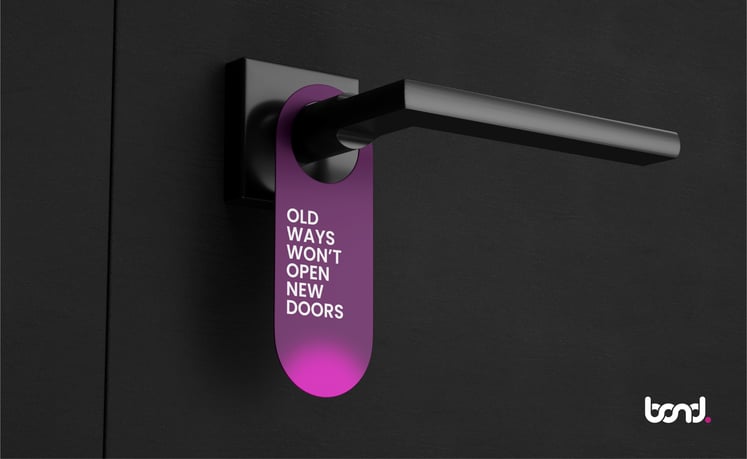Bond EMEA
MIND THE GAP


Are we paying enough attention to the offboarding of our employees?
HR departments are starting to recognize the importance of a good relationship between the company and its employees, given the high correlation between the positive experience of the employee and the end customer.
These days, job rotation and the difficulty of recruiting and retaining talent have forced organizations to focus on different moments throughout the relationship with their employees. However, employee offboarding is often forgotten. When an employee leaves a company, voluntarily or involuntarily, there are consequences for both parties. And, although sometimes it may seem like it's not that important, it can determine the overall experience.
This entire situation becomes a challenge for organizations, which usually put more effort into the recruitment and daily management phases. In addition, they don't usually provide the appropriate material and human resources for the moment of detachment, just because they don't see a clear return.
How can we avoid departures?
If we ask employees, less than half of them (only 45%) are satisfied with how the organization handled their exit process. At the same time, 52% of them say that managers could have done something to prevent them from leaving.
As a company, there are a few guidelines that we can follow to prevent our employees from leaving:
1. Design a customized experience for them, using Employee Journeys and Employee Personas that are created together with them in a co-creation process.
2. Continuously measure their commitment and satisfaction in order to identify potential problems and act as soon as possible.
3. Detect the organization's strengths by asking our best employees why they are still with us.
4. Analyze competitors, success stories and dare to innovate.
5. Take care of the moment of their departure, both for those who leave and for those who stay.
How can we improve departures?
In the case that leaving is the final choice, either because of the organization or because of the employee, there are some recommendations to take into account that should be part of the Employee Journey:
1) Normalize the moment of departure as it is part of the employee's natural journey. Whenever possible, it is convenient to explain the context and communicate in the best way possible, both to the main stakeholder and to the remaining employees, in order to reduce uncertainty in the organization.
2) Follow-up periodically with former employees. Situations can change very quickly and it is quite possible that there will be a re-encounter at some point in the future but in a different context.
3) Clear communication and transparency in crisis or reorganization situations are essential, as silence can lead to speculations that generate increased instability (as long as it's possible).
4) Emotional support can make the difference in this experience. These situations of change can be complicated to manage and the right support can minimize the negative factors.
In conclusion, although an employee's exit from our company may seem challenging, it can actually be an opportunity to build strong and lasting bonds, even if the contractual relationship ends between the two of us. Employees with a positive exit experience are 2.9 times more likely to recommend their employer organization, impacting the brand perception in the long term.
If you need to define your employees' journey or want to analyze the possibilities of improvement during their offboarding, please do not hesitate to contact us via information@bondbl.com